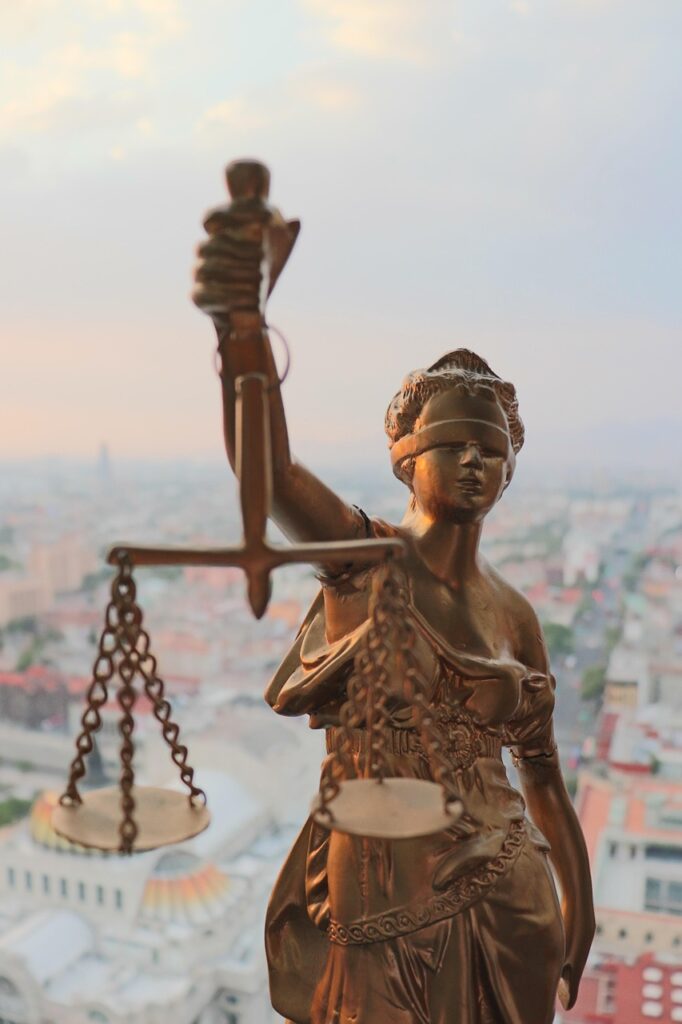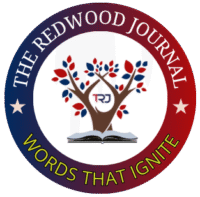
CHILD LABOUR LAWS IN INDIA: A CRITICAL ANALYSIS OF LEGAL FRAMEWORKS, ENFORCEMENT, AND SOCIO-ECONOMIC IMPLICATIONS
THE REDWOOD JOURNAL VOLUME:-1 ISSUE NO:- 1 , JULY 10, 2025 Website: www.theredwoodjournal.com Email: theredwoodjournal@gmail.com Authored by:- Shambhavi Kumari CHILD LABOUR LAWS IN INDIA: A CRITICAL ANALYSIS OF LEGAL FRAMEWORKS, ENFORCEMENT, AND SOCIO-ECONOMIC IMPLICATIONS ABSTRACT In India, child labour is still a serious problem that is deeply ingrained in cultural customs and closely related to socioeconomic issues. This research study provides an in-depth analysis of India’s child labour regulations, with particular attention paid to the legal frameworks, difficulties in enforcing the rules, and socioeconomic effects of this intricate issue. The study emphasises how urgently a multimodal strategy is needed to end child labour and advance the well-being of the country’s youth. The introduction provides a historical context, emphasising the continuation of child labour in the face of socioeconomic difficulties. The report highlights the seriousness of the problem and views child labour as an essential component of social justice and human rights, calling for a thorough investigation of the socioeconomic, legal, and enforcement aspects. The research is primarily concerned with the legal structures that regulate child labour. The study looks at the legal tools used to prevent child labour, paying close attention to the Child Labour (Prohibition and Regulation) Act and its development. Notably, it examines significant revisions and their compliance with international agreements, acknowledging the worldwide pledge to eradicate abusive labour practices. The study identifies and examines the ongoing difficulties in implementing child labour regulations in India. The study clarifies the challenges encountered in implementing and overseeing compliance by examining the functions of governmental entities, law enforcement agencies, and non-governmental organisations. These difficulties are understood in the context of the larger set of socioeconomic variables that support child labour. PAGE NO – 1

DIGITAL PRIVACY AND DATA PROTECTION IN INDIA: NAVIGATING THE LEGAL LANDSCAPE
THE REDWOOD JOURNAL VOLUME:-1 ISSUE NO:- 1 , JULY 07, 2025 Website: www.theredwoodjournal.com Email: theredwoodjournal@gmail.com Authored by:- Shahid Istyak, Ramaiah College of Law DIGITAL PRIVACY AND DATA PROTECTION IN INDIA: NAVIGATING THE LEGAL LANDSCAPE Abstract: The digital era has brought unprecedented advancements in technology, but it has also raised significant concerns regarding data privacy and protection. In India, the right to privacy was recognized as a fundamental right in Justice K.S. Puttaswamy (Retd.) v. Union of India (2017), yet the country still lacks a comprehensive data protection framework. The Personal Data Protection Bill, 2019 (now evolved into the Digital Personal Data Protection Act, 2023), aims to address these concerns but has been met with both praise and criticism. This article examines the evolution of data protection laws in India, their alignment with global standards such as the General Data Protection Regulation (GDPR), and the challenges in enforcement. Through an analysis of judicial precedents and legislative efforts, this article explores how India is shaping its digital privacy landscape and whether the existing legal framework is sufficient to safeguard personal data in the digital age. Keywords: Data Protection, Privacy Laws, Digital Rights, India, GDPR, Cyber Law, Puttaswamy Case, Personal Data Protection, Digital Economy PAGE NO :- 1

THE ROLE OF MEDIA IN MODERN WARFARE: SHAPING NARRATIVES, INFLUENCING PERCEPTIONS
THE REDWOOD JOURNAL VOLUME:-1 ISSUE NO:- 1 , JULY 2, 2025 Website: www.theredwoodjournal.com Email: theredwoodjournal@gmail.com Authored by:- Sneha Singh THE ROLE OF MEDIA IN MODERN WARFARE: SHAPING NARRATIVES, INFLUENCING PERCEPTIONS Abstract In the contemporary landscape of warfare, media has emerged as a pivotal force, shaping public perception, influencing political decisions, and even affecting the outcomes of conflicts. From traditional print and broadcast journalism to the instantaneous nature of social media, the dissemination of information during wartime has evolved dramatically. This article delves into the multifaceted role of media in modern warfare, exploring its capacity to inform, misinform, and transform the narratives surrounding conflicts. By examining historical precedents, such as the Vietnam War’s televised coverage, to current conflicts where real-time updates and citizen journalism prevail, we analyze how media serves both as a tool for transparency and a weapon of propaganda. The discussion extends to the ethical responsibilities of journalists, the challenges of reporting in conflict zones, and the impact of media on public opinion and policy-making. Through a comprehensive review of literature and case studies, this article aims to provide a nuanced understanding of media’s influential role in the theater of war. Keywords: Media, Warfare, Journalism, Propaganda, Public Perception, Conflict Reporting, Social Media, Ethics PAGE NO 1
